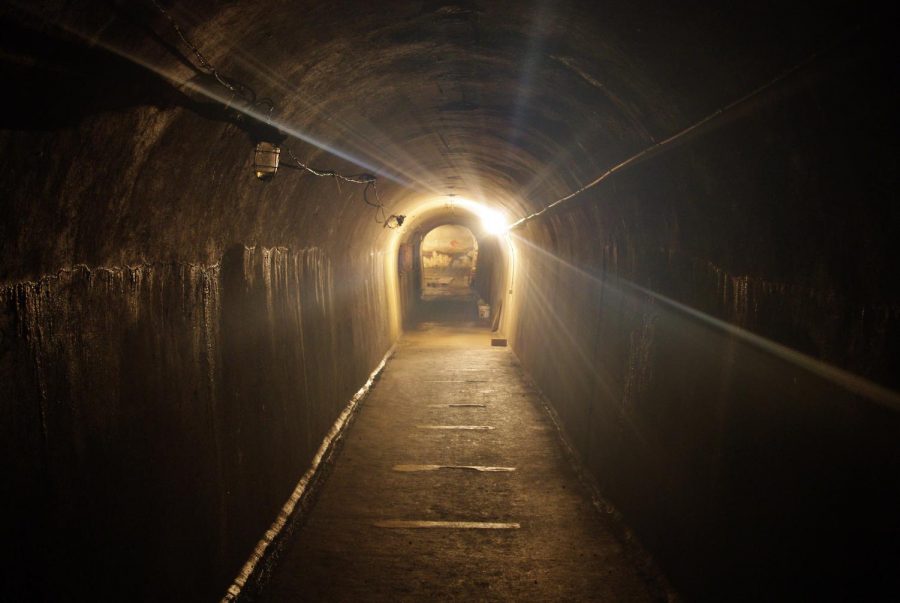The Mystery of the Buffalo State Tunnels
October 4, 2018
Many students and faculty have heard about the mysterious tunnels here on SUNY Buffalo State campus.
Maybe you are a freshman who has never heard about the tunnels.
If you are wondering what the rumors are I have done some research and learned some information about it. I, like many of you, became very curious about these tunnels.
When asking a few peers about the tunnels, I was made aware that these tunnels were used as a form of transportation from building to building so students wouldn’t have to walk through treacherous weather. As many of you know, and those who don’t will learn that Buffalo is known for long, blistery cold winters.
At first, I wanted to find these tunnels and see if I could walk through them myself or maybe even have a guided tour for students.
My search first lead to the admissions office because they run tours for students all the time. My thought was that they may know a brief history on the matter but I was surprised to find out when hearing back from them that they had no clue as to why the tunnels were made.
As I looked through Buffalo State’s history I came across no sort of information on these creepy tunnels and so, I was at a standstill.
I then began to look into the building directory which lead me to the maintenance and grounds staff who had to know something and it turns out they did.
I came into contact with Steve Shaffer, Director of facilities construction and maintenance, and asked the simple questions such as, why were they built and what were they used for?
“The campus tunnels were built long ago as a means to distribute steam from one of two centralized boiler plants to the buildings to provide heat and hot water” Shaffer said. “One boiler was located in Rockwell and tunnels led to the other buildings around Mann Quad. The boiler in Rockwell is no longer there but the tunnels remain and were later connected to the campus centralized steam plant.”
The steam plant is the building with the big smoke stack that is to the west of Twin Rise.
Shaffer talked about the steam plant being constructed to serve both the campus and the adjacent Buffalo Psychiatric Center and Richardson Olmsted Complex. These buildings are no longer connected.
The tunnels are small, dark and even damp sometimes from ground water seeping in.
Shaffer did say that the tunnels were walkable but were too much of a hazardous environment because they consist of many power lines.
“The steam pipes are highly pressurized and extremely hot,” Staffer said
After learning about all this information, I was slightly disappointed that the rumors of students using them were not true. As nice as it would be to avoid the elements that Buffalo weather throws at us, the tunnels are closed off and even if they weren’t, they are still highly dangerous and are only connected to specific buildings.





